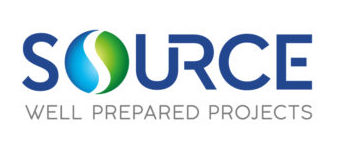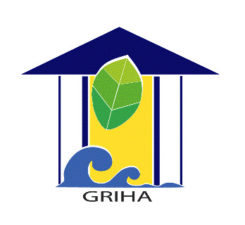
The Hydropower Sustainability Guidelines on Good International Industry Practice (HGIIP) point out how sustainability performance for the hydropower sector should be defined and measured across a range of environmental, social, technical and governance topics. The guidelines present definitions of the processes and outcomes relating to good practice in the planning, operation and implementation of hydropower projects. As a compendium, the guidelines are a reference document for meeting the expectations of lenders, regulators, and consumers. The guidelines are complementary with the Hydropower Sustainability Assessment Tool.
Lifecycle Phase(s): Strategic PlanningPublic authorities identify the needs and long-term vision for infrastructure development., PrioritizationAuthorities decide which projects to realize and how to allocate resources., Project PlanningGeneral strategy for a project’s delivery is developed., Concept DesignTechnical experts broadly outline the project’s basic characteristics., Detailed DesignTechnical experts further elaborate the Concept Design., ConstructionThe asset is constructed in line with design, budget and timeline., Operation and MaintenanceInfrastructure assets are managed and maintained during their use time., Decomissioning/RepurposingObsolete infrastructure assets are repurposed, recycled or removed and the land is reused or restored.
Type(s) of Tool: PrinciplesSupport sustainability incorporation at institutional or strategic level, less specific than Guidelines.









